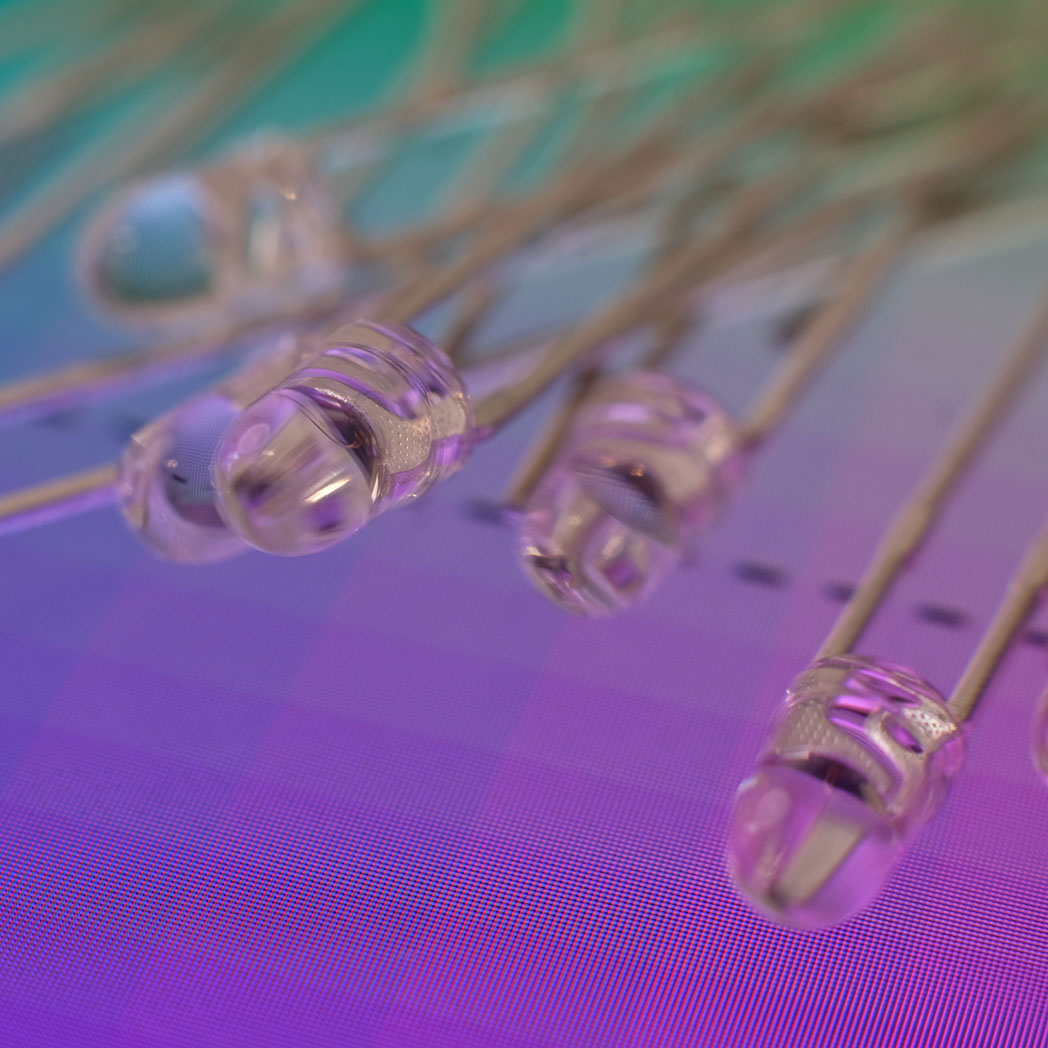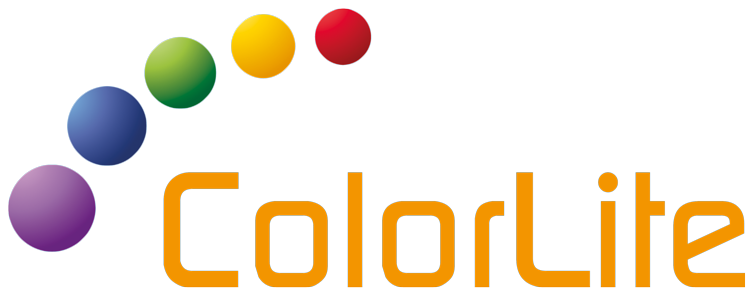Light Sources – Advantages of the LED
Home » Info Centre » Colour Basics »
Basic information:
A standardized apperance is essential for a variety of products. The colour of a product is an important quality criterion and therefore a good reproducibility of the measurement results is necessary.
The comparison with the human eye – is like taste or smell – it is subjective.
Spectrophotometry colour measurement replaces subjective perception with an objective measurement.
To measure colour of an object surface two things are needed:
- A controlled light source
- A method to measure the spectral characteristics of the remitted light
Evolution for the best solution:
This is an overview of how instruments have evolved during the last decades, based on the integrated illuminant types of which they have used.
Halogen
The first instruments used incandescent lamps to illuminate the sample.
Xenon
Next generation technique has than implemented gas discharge lamps.
LED (Light Emitting Diodes)
Our newest generation of Spectrophotometer instruments work with LEDs.
Halogen – Incandescent lamp
The first artificial light source famously developed by Edison was the “Incandescent Light Bulb”. Electricity runs through a thin wire, a filament which is heated by the resistance and glows, producing light, but also a lot of heat. The spectrum for colour measurement should ideally be white i.e. the remitted energy equally distributed over the visual range. Incandescent light covers the visual range but radiates mainly red and infrared range.
Advantages and disadvantages:
The main drawback is the short life span and aging. Both can affect absolute accuracy.
Xenon – Gas discharge Lamps
Gas discharge lamps work by passing electricity through an inert gas such as Xenon – This produces a high powered light with a relative high blue component. The Xenon light has a longer lifespan and is brighter than halogen light. It’s bluish spectrum is also better suited for colour measurement. The drawback is life span is also limited, even though better than halogen. Also the light output will vary slightly from one blitz to the next, so that a monitor is needed. Ultra violet components can only be controlled using filters.
Advantages and disadvantages:
Fluctuating Light output – limited life span – high replacement costs – not very eco friendly – high disposal cost

LEDs – Light Emitting Diodes – The ideal light source?
The first light emitting diodes were discovered as a light source over hundred years ago. They first had a use in electronic devices, for example as indicators as power output was relatively low. Only when power output increased and a variety of new colours were available LEDs became useful as a light source. For colour measurement applications LEDs have a number of improvements in comparison to its predecessors.
Advantages and disadvantages:
- Infinite lifespan
- Variable spectral remission spectra including the UV light component
- compact – robust – no spectral change over time –
- good repeatability

